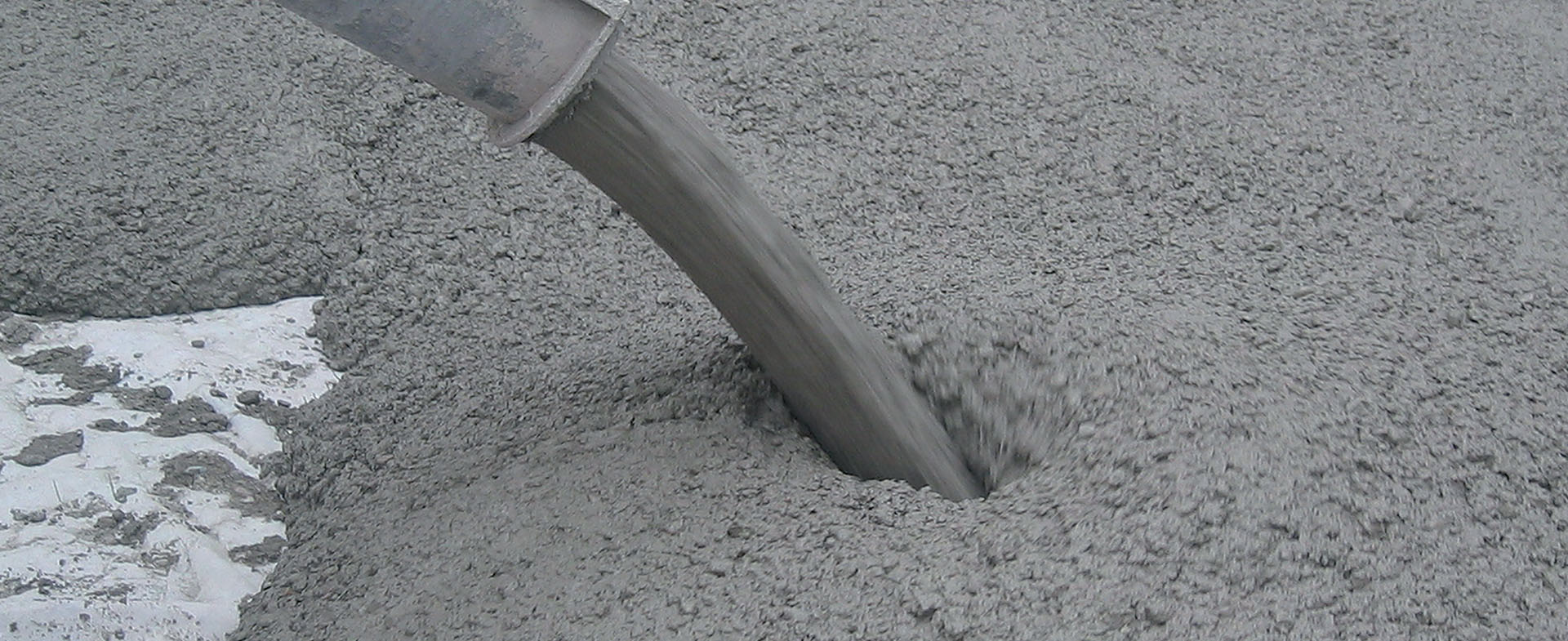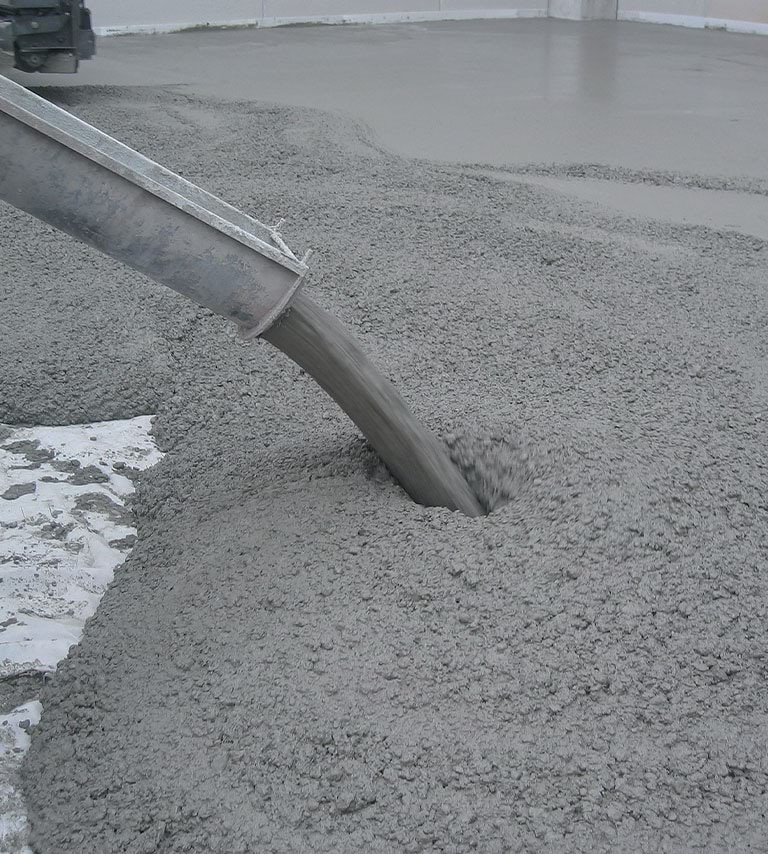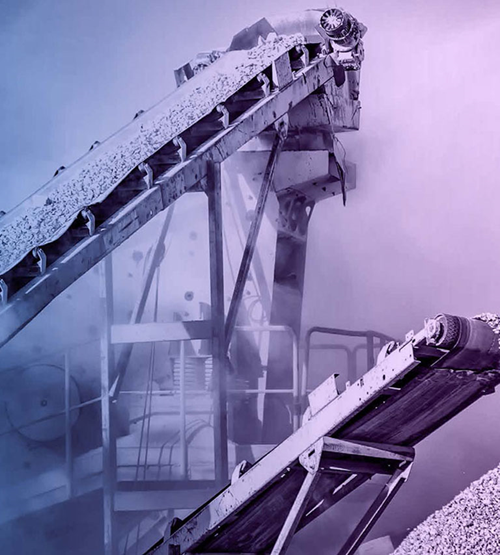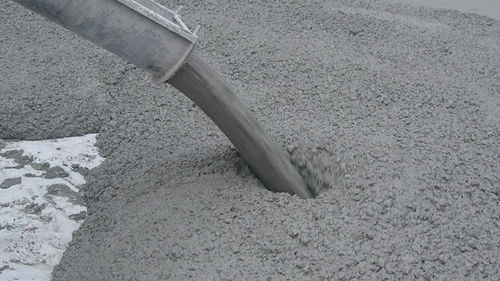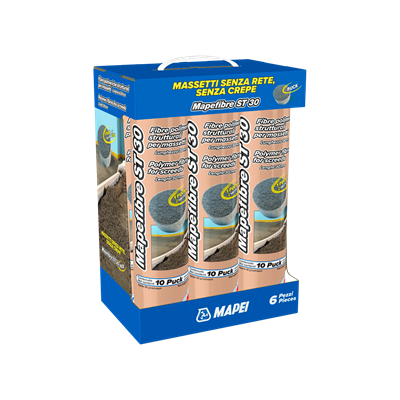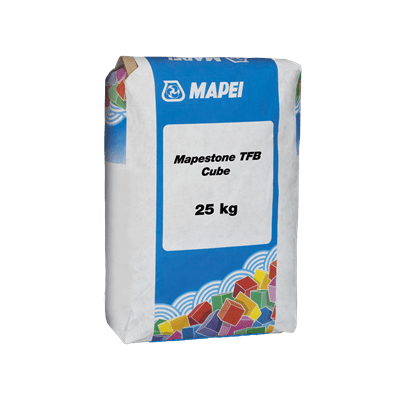Interviewees
Mikaela Decio & Gianluca Bianchin
Corporate Environmental Sustainability Manager/Corporate Product Manager - Admixtures for Low Carbon Concrete, Mapei Group
Mapei is launching a groundbreaking service for concrete manufacturers, enabling the publication of Environmental Product Declarations (EPDs) to certify the environmental impact of concrete mixes. Leveraging innovative technologies like the Cube System and using the Life Cycle Assessment (LCA) method, this service contributes to reduce the carbon footprint of concrete while keeping high quality standards.
In line with its commitment to sustainability and the support it has always offered its partners, Mapei has recently made a new service available to concrete manufacturers: the possibility of having EPDs (Environmental Product Declarations) published, internationally recognised documents certifying the environmental impact of concrete mixes.
What benefits does this new service offer customers?
Gianluca Bianchin: This is just the latest in a wide range of services that Mapei has been offering its customers for some time now to support them in every stage of their work: from technical assistance in designing mixes to support when designing, for example, fibre-reinforced concrete slabs to the certification of the environmental impact of concrete made using the company's innovative technologies.
Having EPDs for their concrete mixes is clear, objective and tangible proof of our customers’ commitment to sustainability. Since these documents are issued by the International EPD System, an internationally recognised third-party body, they are a real indication of genuine commitment on the part of concrete manufacturers to contribute effectively to reducing the building industry's environmental impact.
This commitment can also translate into a competitive edge over the competition. More and more often, when selecting building materials for a project, architects, engineers and other design experts need to demonstrate the contribution that the use of a given concrete mix can actually make to attaining a specific rating in the protocols certifying the sustainability of a building. So, having EPDs for their mixes can significantly increase the likelihood of a certain manufacturer being chosen as the supplier for projects like this.
How can a Mapei customer obtain an EPD for a concrete mix?
Gianluca Bianchin: The client can contact the experts for the Concrete Admixtures Line who will support throughout every stage in mix design with the aim of reducing the environmental impact, making use of the benefits provided by Mapei’s innovative technologies like the Cube System.
Cube System is an integrated system for handling the technical challenges associated with mixes with low clinker content cements and/or recycled aggregates, offering different solutions for each phase in the concrete's lifecycle: manufacturing, transport and cast. The system covers everything from the supply of new-generation super-plasticisers and strength enhancers to prompt technical assistance during every stage of the manufacturing process, as well as calculating the environmental impact using a special tool. So, Cube System allows to guarantee high quality standards while reducing the CO2 emissions of the mixes. Once the performances of the mix and its conformity to the specifications have been verified, Mapei's team of Corporate Environmental Sustainability experts use the Life Cycle Assessment (LCA) method to study the mix, assessing its environmental impact and then publishing the EPD.

Cube System is an integrated system for helping concrete manufacturers handling the technical challenges associated with mixes with low clinker content cements and/or recycled aggregates.
What is meant by an "LCA study" and how are EPDs published for concrete mixes?
Mikaela Decio: LCA, or Life Cycle Assessment, is a method used to assess the overall environmental impact of a product, process or service throughout its life cycle. This assessment covers every stage from raw material extraction, manufacturing, distribution and usage to end-of-life and disposal. LCA helps identify areas where emissions, resource use and waste can be reduced, providing a clear and detailed overview of the environmental impact.
As for concrete mixtures, the LCA study is carried out on specific concrete mixes, collecting data for each step in the process.
LCA studies allow us to quantify not only the carbon footprint of a manufactured product (so-called GHG emissions responsible for climate change) but also numerous other impacts such as eutrophication, photochemical smog and raw material depletion.
Mapei is the only company in the world offering this service, which confirms its leading role in the search for sustainable products for the building industry. How did Mapei achieve this milestone?
Mikaela Decio: For many years now, Mapei has been committed to making its products, structures and operations more sustainable, guaranteeing safety for both people working in the industry and end users. And it does so in a clear, measurable and certified way. To the development of sustainable solutions, the company devotes a significant amount of its Research & Development operations and, over the years, this has produced important results such as the elimination of solvents and the reduction of volatile organic compounds (VOCs) from the formulas of numerous products (a commitment certified by labels such as EMICODE and Blue Angel); the launch of the ZERO* product line, which offsets residual CO2 emissions through reforestation and biodiversity protection projects; the publication of specific EPDs for high-end products (more than 300 at the moment) and a Sustainability Report which, for the past two years, has reported on the Group's worldwide operations.
Mapei’s commitment to sustainability also translates into its operating plants been awarded certification like ISO 14001 and in the mitigation of the environmental impact caused by its operations. For example, over recent years Mapei has invested heavily in the energy efficiency of its manufacturing facilities by equipping them with photovoltaic and cogeneration or trigeneration systems.
At the same time, the company supplies the building industry with innovative technologies for optimising manufacturing processes, reducing the use of virgin raw materials, extending the useful life of buildings (thus reducing the need to build from scratch) and making use of residues from various processes in new manufacturing cycles. Of course, this also applies to the concrete industry: the possibility of being awarded EPDs for mixes is, therefore, just one of Mapei's latest steps along the road to sustainability for manufacturers who share this commitment.
In addition to publishing EPDs, what solutions does Mapei offer concrete manufacturers interested in reducing the CO2 emissions of their mixes?
Gianluca Bianchin: Mapei offers manufacturers an integrated system, the Cube System, which allows them to maintain the high standards and performances of their concrete while reducing its environmental impact. As well as super-plasticisers, this system also includes accelerators, such as MAPECUBE 1 (which makes it possible to optimise manufacturing times and cycles in precast concrete plants) and strength enhancers such as MAPECUBE 60 (capable of increasing the mechanical strength of concrete by up to 20%).
Cube System also interacts synergistically with the solutions in the RE-CON line allowing the re-use of returned concrete, recycled aggregates and washing water slurry. It also allows low-quality sands to be used for making new concrete without compromising the final performances.
A further contribution to the sustainability of the entire supply chain comes from the range of fibers used to reinforce concrete: most notably, the structural polymeric fibres in the MAPEFIBRE range do not just improve the performance ratings of concrete, they can also reduce or eliminate the use of metal strengthening and thereby help concrete manufacturers both in the construction of industrial floors and the manufacture of precast elements, making a real contribution to reducing environmental impact.
Environmental Product Declaration (EPD) is a Type III environmental declaration: a certified document providing transparent, comparable and reliable information about the environmental impact of a product throughout its entire life cycle. Drawn up according to international standards, an EPD takes into account a number of factors, such as the amount of energy consumed, CO2 emissions, use of natural resources and waste generation. This makes it an important tool for companies and consumers interested in assessing the environmental impact of products, making informed decisions, and promoting sustainable manufacturing and consumer practices.
*CO2 emissions measured throughout the life cycle of products from the Zero line in 2025 using Life Cycle Assessment (LCA) methodology, verified and certified with EPDs, have been offset through the acquisition of certified carbon credits in support of forestry protection projects. A commitment to the planet, to people and to biodiversity. For more details on how emissions are calculated and on climate mitigation projects financed through certified carbon credits, click here.
